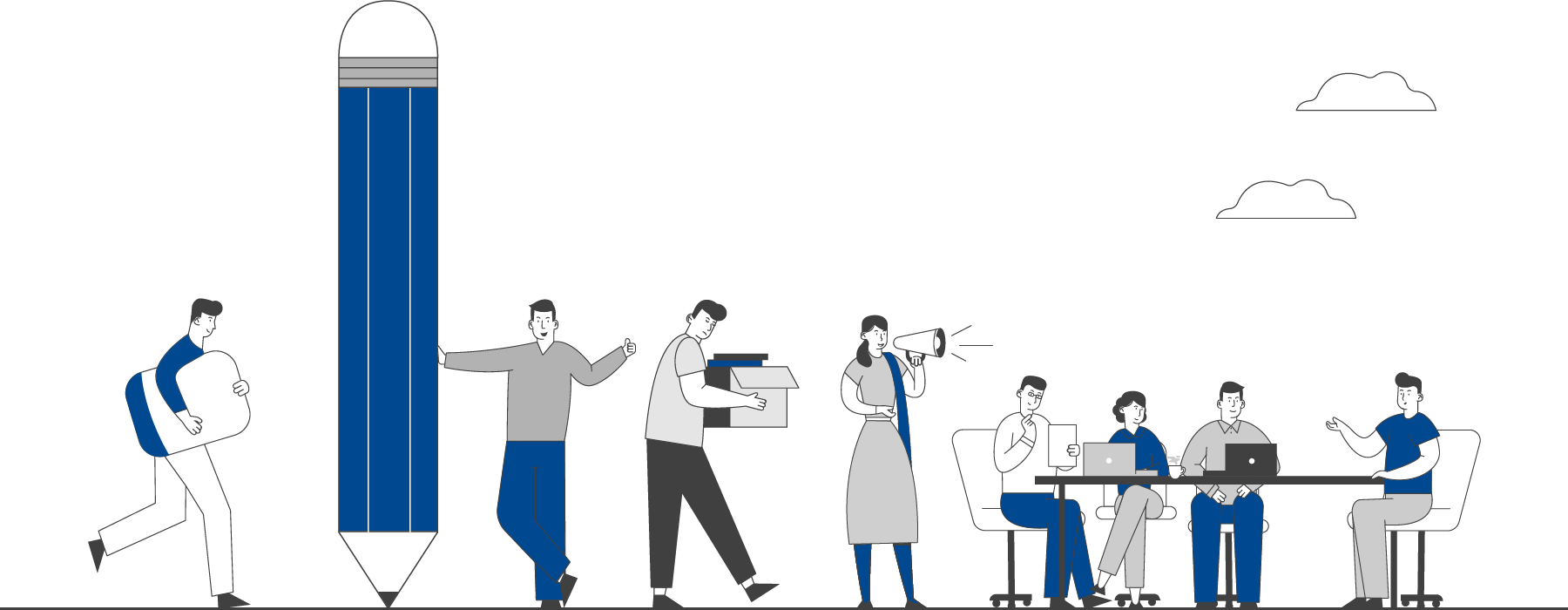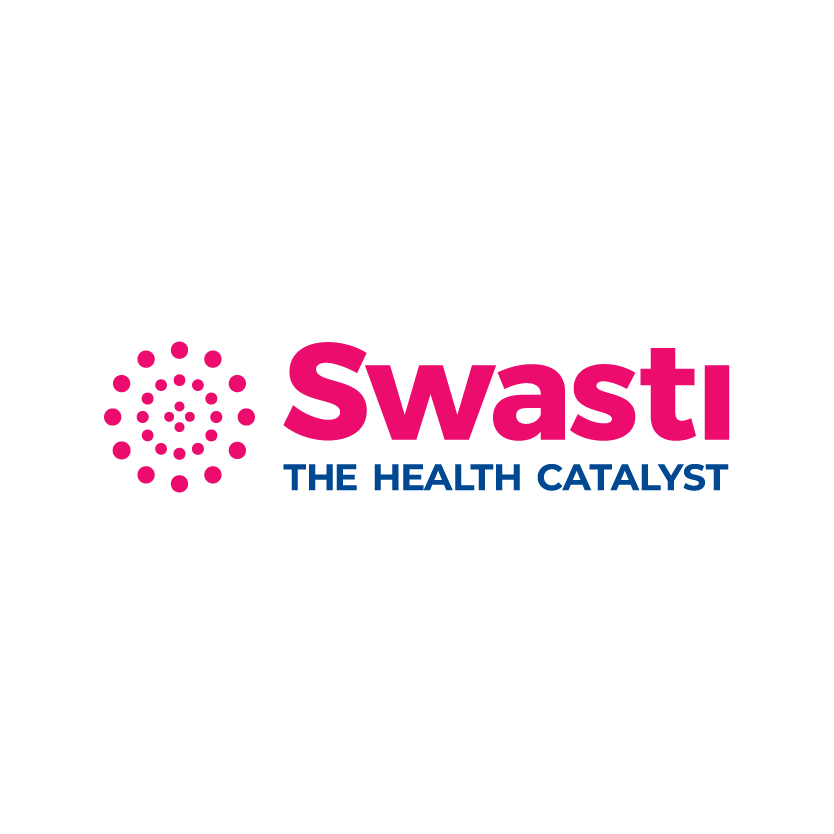

Browse this section for recent public health research and data from India and the world.
Evidence
FILTER
BY CATEGORY
View All
The evidence on COVID-19 and violence against women
08 Apr 2022by UNFPA 30 MIN READ
The risk of violence against women and girls (VAWG)
increases during crises (Fraser, 2020; Palermo and
Peterman, 2011) and the COVID-19 pandemic is no
exception. Disruptions of support services for victims, living
under mobility restrictions, increased unemployment rates,
and economic insecurity resulting from the pandemic, all
create heightened risks, especially if victims are confined
at home with perpetrators. with the goal of gathering proxy
information on related trends, UN Women partnered with
Quilt.AI and UNFPA to conduct analysis of big data in eight
countries: Bangladesh, India, Indonesia, Malaysia, Nepal,
Thailand, the Philippines and Singapore. The analysis
identified trends from discourse data generated across
social media platforms and search engines. In particular,
big data on people’s search behaviour on VAWG-related
topics (both before the onset of the pandemic and since)
were considered.
This study was useful in providing proxy information to
shed light on whether VAWG increased since the onset of
COVID-19. Big data analysis showed that indeed related
searches increased substantially in peak periods of mobility
restrictions and immediately afterwards. Analysis also shows
that some service providers have increased their online
activities to better reach victims. However, not all providers
are being successful in gaining engagement and directing
attention to their services. Further analysis of this data, to
be published in a follow-up brief, will examine if differences
exist based on geographical location of internet users
within countries, and will try to determine whether select
population groups are underserved in terms of availability
of services compared with increases in demand.
Related File :
5003809330.pdfCategories
COVID-19

 EXPLORE DATA
EXPLORE DATA 



























